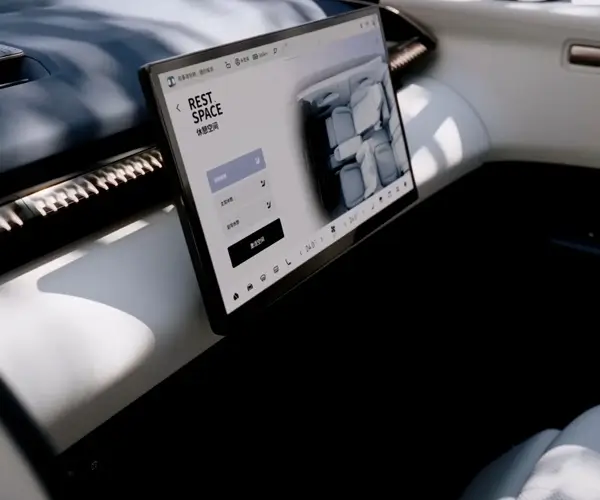Ever looked at a tiny servo motor and wondered how it can turn your crazy ideas into real motion? It’s not magic—just good old-fashioned tech magic, powered by Arduino. If you're into DIY projects, robotics, or just tinkering for fun, understanding how to run a servo motor with Arduino could completely change your game. But how does it work exactly? And why choose a programmable platform like Arduino? Let's unpack it.

Imagine holding a small servo motor in your hand. It’s compact, precise, and surprisingly powerful for its size. Connecting it to an Arduino is as simple as hooking a few wires—no need for a soldering marathon. Essentially, the Arduino sends signals to the servo, telling it what position to go to. This dynamic opens doors to endless applications—think robotic arms grabbing objects, camera gimbals stabilizing shots, or even fun art installations that respond to music.
You might ask, “How do I actually tell the servo what to do?” Well, that’s where code comes into play. You set a target angle, and the Arduino chip pulses the motor’s control line. It’s like giving it a step-by-step marching order. And because Arduino’s programming environment is so beginner-friendly, even if you’ve never coded anything before, you can pick it up quickly. Starting with simple commands, soon you’ll be crafting complex sequences, making your project run smoothly.
What makes this setup so appealing is the flexibility. Want to make a robot wave? Easy. Need a sensor-driven camera tilt? Just a few lines of code. The Arduino’s wide community offers plenty of guidance, plus ready-made libraries to handle servo control without sweat. Plus, with stable power supplies and well-designed controllers, reliability becomes second nature. You don’t have to worry about your servo acting up mid-gesture.
But let’s dig into why choosing the right servo motor matters. Not all servos are created equal. Some pack more torque; others offer faster response. Picking a KPOWER servo gives you a nice balance—trustworthy, durable, and compatible with Arduino. It’s like having a trusty sidekick for your projects. And plugging it in? It’s straightforward, saving time and frustration.
Now, imagine building a robotic arm that picks up fragile objects or crafting a drone that flips in mid-air—all made possible by mastering servo control with Arduino. It’s rewarding to see something you coded move precisely as you envisioned. Plus, the skills you develop here aren’t just for fun—they’re stepping stones into advanced automation, smart devices, and even AI integrations someday.
Have you ever wondered what it would feel like to see your creation come alive? That spark of joy when your project responds to your commands in real-time? That's what servo control on Arduino offers—a window into what’s possible when you blend hardware with simple, clever programming. It’s accessible, versatile, and endlessly inspiring. Whether you’re a hobbyist or an aspiring innovator, understanding this combo opens a universe of creation.
Established in 2005, Kpower has been dedicated to a professional compact motion unit manufacturer, headquartered in Dongguan, Guangdong Province, China. Leveraging innovations in modular drive technology, Kpower integrates high-performance motors, precision reducers, and multi-protocol control systems to provide efficient and customized smart drive system solutions. Kpower has delivered professional drive system solutions to over 500 enterprise clients globally with products covering various fields such as Smart Home Systems, Automatic Electronics, Robotics, Precision Agriculture, Drones, and Industrial Automation.




































